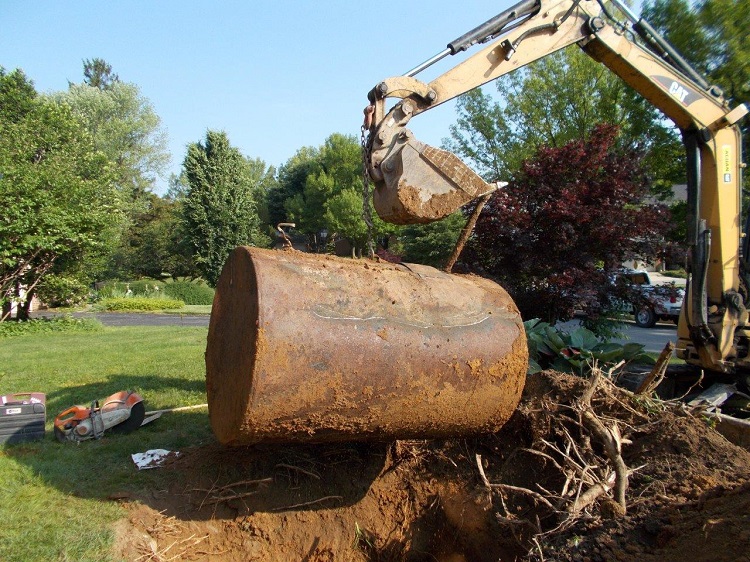Why Does The Procedure of Oil Tank Removal Often Include Soil Testing
To safely and efficiently remove underground or aboveground oil storage tanks, numerous stages are required. Soil testing is essential for environmental impact assessment, public health protection, and regulatory compliance.

Assessment of Environmental Impact:
Soil testing is essential to oil tank removal since it determines the tank’s environmental effect. Oil tanks have the potential to degrade or leak over time, releasing dangerous materials into the nearby soil. Environmental experts use soil testing to assess soil pollution and identify groundwater and ecosystem threats.
Observance of Regulatory Mandates:
Soil testing is often required by government rules and environmental authorities as part of the oil tank removal procedure. By requiring that polluted soil be appropriately remedied, these rules serve to safeguard both the environment and the general public’s health. Soil testing determines pollution and leads regulatory-compliant cleaning and repair procedures.
Determining the Contaminants:
Heavy metals, other dangerous compounds, and petroleum hydrocarbons are just a few of the pollutants that may be found in oil tanks. Soil testing identifies toxins, enabling environmentalists to personalize cleanup. Different toxins demand different remediation procedures, and soil testing helps create an efficient cleaning strategy.
Assessment of the Soil’s Composition
In addition to determining the degree of contamination, soil testing offers important insights on the composition of the soil. This covers specifics like the amount of organic matter, permeability, and texture of the soil. Understanding soil composition helps plan excavated soil disposal and determine whether additives or treatments are needed to restore fertility and structure.
Preserving Human Health:
There is a serious health danger to anyone who come into contact with contaminated soil from oil tank leaks. Hazardous materials have the potential to leak into groundwater or become airborne, which might expose people via eating, breathing, or skin contact. Thus, soil testing quantifies these dangers and informs safety precautions for adjacent people and oil tank removal personnel.
Risk Mitigation and Remediation Planning:
In addition to determining the presence of pollutants, soil testing is essential for risk assessment and remediation design. Environmentalists may focus and improve soil remediation by knowing contaminant concentration and dispersion. This proactive strategy reduces dangers before they rise, making oil tank removal more comprehensive and successful.
Site-Specific Considerations:
Every oil tank removal location is different, with different types of soil and possible threats to the environment. Soil testing enables experts to customize their approach to the unique problems presented by each place by accounting for site-specific factors. A tailored evaluation guarantees that the oil tank removal procedure is compatible with standards and takes into consideration the site’s environmental circumstances, maximizing cleanup efforts.
Post-Removal Validation:
For post-removal validation, soil testing is essential once the oil tank removal procedure is finished. This stage guarantees that the soil pollution has been successfully removed or mitigated via remediation measures. Follow-up soil testing by environmentalists ensure that the soil fulfills regulatory criteria and offers no health or environmental hazards. With a thorough review of the oil tank removal procedure, post-removal validation ensures the site is safe for future land use.
Conclusion:
Soil testing plays a crucial role in the oil tank removal process and accomplishes many important goals. A successful and responsible disposal of oil tanks depends on soil testing, which is still an essential step in our quest for a better and cleaner environment. Soil testing in oil tank removal helps people and ecosystems affected by these tanks live safer and better.



Commenti recenti